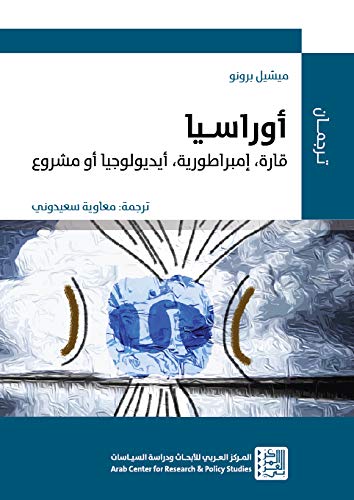-
Michel Bruneau
Michel Bruneau is an emeritus research director at the CNRS and a specialist on South-East Asia, diasporas and transnational spaces. He began his research in the middle 1960s at the University of Chiang Mai in Northern Thailand. He is the author of From Asia Minor to Turkey (CNRS Editions, 2015, translated in Greek, Arabic and Turkish).
Crisscrossed by many adventurers, from Marco Polo to Nicolas Bouvier, Eurasia has always fascinated. Nevertheless, it remains difficult to define, as geographers, historians and political scientists have rarely referred to this space. A vast continent running from the Far East to Europe, on which empires have been juxtaposed, it is best known for its Silk Roads and its Spice Route, which linked it from one end to the other. But these routes never unified this space, and only allowed limited exchanges of goods, ideas and techniques on the continent. Then the generalization of the nation-state in the twentieth century accentuated its fragmentation and the conflict zones multiplied on the margins of the former empires that had become great powers.
We had to wait for the Eurasian ideology, and then, in the 21st century, for the Russian project of the Eurasian Economic Union on the one hand, and the Chinese project of the « New Silk Roads » on the other hand, for our way of considering this continent to change. For these new corridors, continental or maritime, developed or planned, make up Eurasia and are likely to give greater cohesion to this area, which covers one third of our planet’s surface area and has more than 60% of the world’s population.
An ambitious and original work that focuses on what has been for too long an unthought of history and geography.
- ISBN: 9782271092625
- Size: 15.0 x 23.0 cm
- Pages: 360
- List price: 25 €
- Publication date: 04/10/2018
-
 Linking Publishing Chinese NSC
Linking Publishing Chinese NSC -
 Arab Center for Research Arabic
Arab Center for Research Arabic
Vous souhaitez contacter les Droits étrangers, écrivez à :
[email protected]
If you want to contact our Foreign rights department, please send an email to:
[email protected]
- CNRS ÉDITIONS – Foreign rights – 2024
Frankfurt Book Fair 2024 - CNRS ÉDITIONS – Foreign rights – 2023
Frankfurt Book Fair 2023 - CNRS ÉDITIONS – Foreign rights – 2022
Frankfurt Book Fair 2022 - CNRS ÉDITIONS – Foreign rights – 2021
Frankfurt Book Fair 2021 - CNRS ÉDITIONS – Foreign rights – 2020
Frankfurt Book Fair 2020 - CNRS ÉDITIONS – Foreign rights – 2019
Frankfurt Book Fair 2019
Subscribe to CNRS Editions newsletter!



